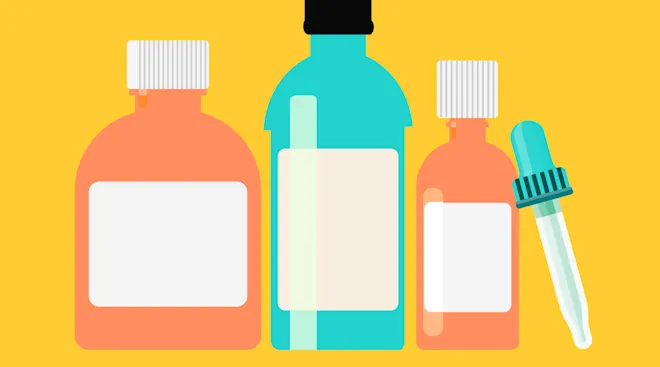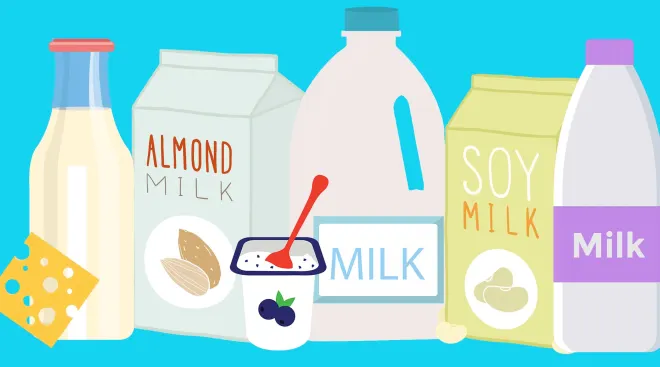Study: Homemade Baby Food Contains as Many Toxic Metals as Store Bought
In a shocking 2019 report by Healthy Babies Bright Futures (HBBF), researchers found that 95 percent of common store-bought baby foods were contaminated with toxic heavy metals. Research has shown that ingesting dangerous levels of toxic heavy metals, like those found in a similar 2021 congressional investigation of popular baby foods, can lead to lifelong deficits in intelligence. According to HBFF, children in the US lose an estimated 11 million IQ points from birth to 24 months of age from dietary sources of lead and arsenic.
Many parents, understandably concerned, have since dedicated their blood, sweat and tears to make their baby food at home. Kitchen gadgets and recipes have flourished, and many parents have been shamed into going “all organic.” But is it working? Is homemade baby food really saving babies from harmful toxic metals? In short, no.
To find out if making baby food at home was beneficial, HBBF did a follow-up on its 2019 report, now comparing the amounts of toxic metals in store-bought baby foods versus homemade baby foods.
The 2022 report found toxic metals in 94 percent of store-bought baby food and 94 percent of homemade purees and family brand foods.
Researchers weren’t surprised by this outcome. "We suspected we’d find heavy metals in all kinds of food because they’re ubiquitous contaminants in the environment.” Jane Houlihan, research director for HBBF, explained in an interview with CNN. “And that is exactly what we found—heavy metals were in foods from every section of the store. What this says is that as the FDA is setting standards for heavy metals in baby food, they need to go beyond the baby food aisle.”
Pediatricians confirm that buying organic or even harvesting food from your own backyard garden won’t help cut down on toxic metals either. “It’s the soil and water that’s contaminated with arsenic and other heavy metals, so it doesn’t matter if it’s organic or traditional farming methods,” Mark Corkins, MD, chair of the Committee on Nutrition of the American Academy of Pediatrics told CNN.
So what can parents do to reduce baby’s exposure to toxic metals? HBBF offers parents advice to help give baby the best.
Six tips to reduce babies’ exposures to toxic heavy metals in their diet
- Add variety. Serving the same food every day for a long time can concentrate one or more contaminants in a child’s diet. Rotate it with other healthy foods. A varied diet of wholesome food ensures a healthy mix of nutrients, too.
- Serve regular meals and snacks. Meal skipping and fasting is linked to higher blood lead levels in children and greater lead absorption for adults. Serve regular meals to help reduce exposure.
- Choose foods high in iron. Along with calcium, zinc, and vitamin C, iron can help reduce the toxic metals absorbed into the body. Among the many foods rich in these nutrients are beans and lentils, lean red meat, iron-fortified cereal, yogurt and cheese, leafy greens, citrus fruit, strawberries, kiwi and peppers.
- Skip these four rice-based foods contaminated with arsenic. Avoid serving rice cakes, baby food puff snacks, brown rice with no extra cooking water used, and crisped rice cereal.
- More fruits, rotate veggies. The fruits tested were low in heavy metals. Vegetables are a daily essential, but some of the most nutritious, like carrots and sweet potatoes, have more metals. Eat each less than daily, rotating with other vegetables.
- Make these five healthy swaps. One: Iron-fortified oatmeal and multi-grain infant cereal over rice cereal for less arsenic. Two: Frozen banana or chilled, peeled cucumber over rice-based teething biscuits for less arsenic. Three: Whole fruit and purees over fruit juice for fiber and nutrient upsides. Four: Healthy low-metal snacks over puffs and rice cakes. Five: A variety of grains and white rice cooked in extra water, over rice cooked in just enough water, for less arsenic
Of the foods studied, researchers found four foods to avoid completely, 14 foods safe to serve freely and 22 to limit or rotate. Together these foods make up HBBF’s 40 Baby Foods Menu. To view the below menu in more detail, you can read HBFF’s full report here.
If you are running low on time and energy to craft the perfect nutritional balance for your little one, you aren’t alone. Check out these 8 Baby Food Delivery Services That’ll Make Mealtimes Easier.
Navigate forward to interact with the calendar and select a date. Press the question mark key to get the keyboard shortcuts for changing dates.






















































